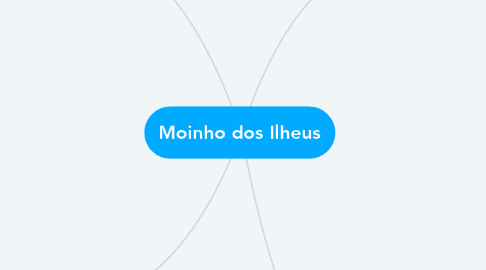
1. Education and Science
1.1. Conservation and restocking
1.1.1. Seahorse: Conservation, restocking, high public approval, high value to environment
1.1.1.1. Good research in Portugal at Algarve University
1.2. Circular economy
1.3. Integrated partnerships with regional players
1.3.1. ICNF, Tavira Municipality, Algarve turism, Algarve University, Public Institutes
1.4. Schools visits and school classes
1.5. Partnership with Universitites to work with research students
1.6. Environmental assessment
1.6.1. Life cycle assessment
1.6.2. Ecological footprint
1.6.3. Nutrient balance
1.6.3.1. Carbon, nitrogen and phosporus
2. Ecosystem services
2.1. PROVISIONING SERVICES
2.1.1. Food
2.1.2. Water
2.1.3. Raw materials
2.1.4. Genetic resources
2.1.5. Medicinal resources
2.1.6. Ornamental resources
2.2. REGULATING SERVICES
2.2.1. Air/water quality regulation
2.2.1.1. (e.g. capturing (fine)dust, chemicals, etc)
2.2.2. Climate regulation
2.2.2.1. (incl. C-sequestration, influence of vegetation on rainfall, etc.)
2.2.3. Moderation of extreme events
2.2.3.1. (eg. storm protection and flood prevention)
2.2.4. Regulation of water flows
2.2.4.1. (e.g. natural drainage, irrigation and drought prevention)
2.2.5. Waste treatment
2.2.5.1. (especially water purification)
2.2.6. Erosion prevention
2.2.7. Maintenance of soil fertility
2.2.8. Pollination
2.2.9. Biological control
2.2.9.1. (e.g. seed dispersal, pest and disease control)
2.3. HABITAT SERVICES
2.3.1. Maintenance of life cycles of migratory species
2.3.1.1. (incl. nursery service)
2.3.2. Maintenance of genetic diversity
2.3.2.1. (especially in gene pool protection)
2.4. CULTURAL & AMENITY SERVICES
2.4.1. Aesthetic information
2.4.2. Opportunities for recreation & tourism
2.4.3. Inspiration for culture, art and design
2.4.4. Spiritual experience
2.4.5. Information for cognitive development
3. Food production
3.1. Oysters
3.1.1. Human consumption, high quantities (50-100 ton/year), medium to high value (10-50€/kg)
3.1.2. Seabream feed suplement
3.2. Fish
3.2.1. Seabream
3.2.1.1. Human consumption, low quantities (3-10 ton),medium to high value (10-50€/kg)
3.2.2. Seahorse
3.2.2.1. Human consumption, Asian markets, Low (european) public approval, high demand, high value
3.3. Macroalgae
3.3.1. Ulva species
3.3.1.1. Fresh, human consumption, small quantities, high value, higher costs
3.3.1.2. Dry, human consumption medium quantities, medium value
3.3.1.3. Fresh, lab extractions, small quantities, high value
3.3.1.3.1. Pharmaceutical
3.3.1.3.2. Cosmetic
3.3.1.3.3. Nutritional
3.3.1.4. dry, animal feed ingredient, large quantities, low value
3.3.1.5. Dry, soil fertilizer, large quantities, low value
3.3.1.6. Fish feed ingredient
3.3.2. Brown Species
3.3.2.1. Hatchery for growout in coastal Algarve
4. Turism
4.1. Daily visits
4.1.1. Tide mill
4.1.2. Eating oysters, fish and/or macroalgae
4.1.2.1. Restaurant in loco
4.1.3. Fee fishing
4.1.3.1. local fishermen
4.1.3.2. Summer turists
4.1.4. Education
4.1.4.1. Schools
4.1.4.2. Family groups in summer
4.2. Stay-in visits
4.2.1. Eating oysters, fish and/or macroalgae
4.2.1.1. Restaurant in loco
4.2.2. Fee fishing
4.2.2.1. Summer turists
4.2.3. Seawater Thematic Pools
4.2.3.1. Different species for different pools (groupers, seahorse, seabream and others)
4.2.4. Houses using cement tanks
4.2.4.1. Each with a specific theme/animal Species (birds, fish, bivalves, etc)
